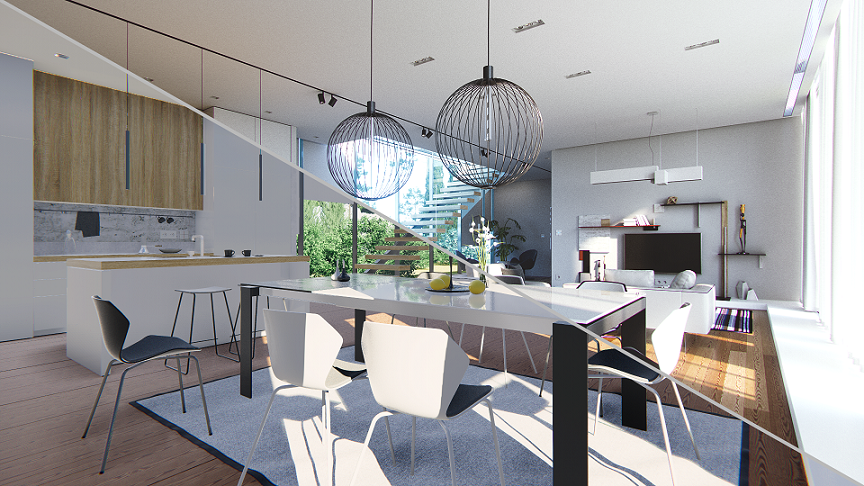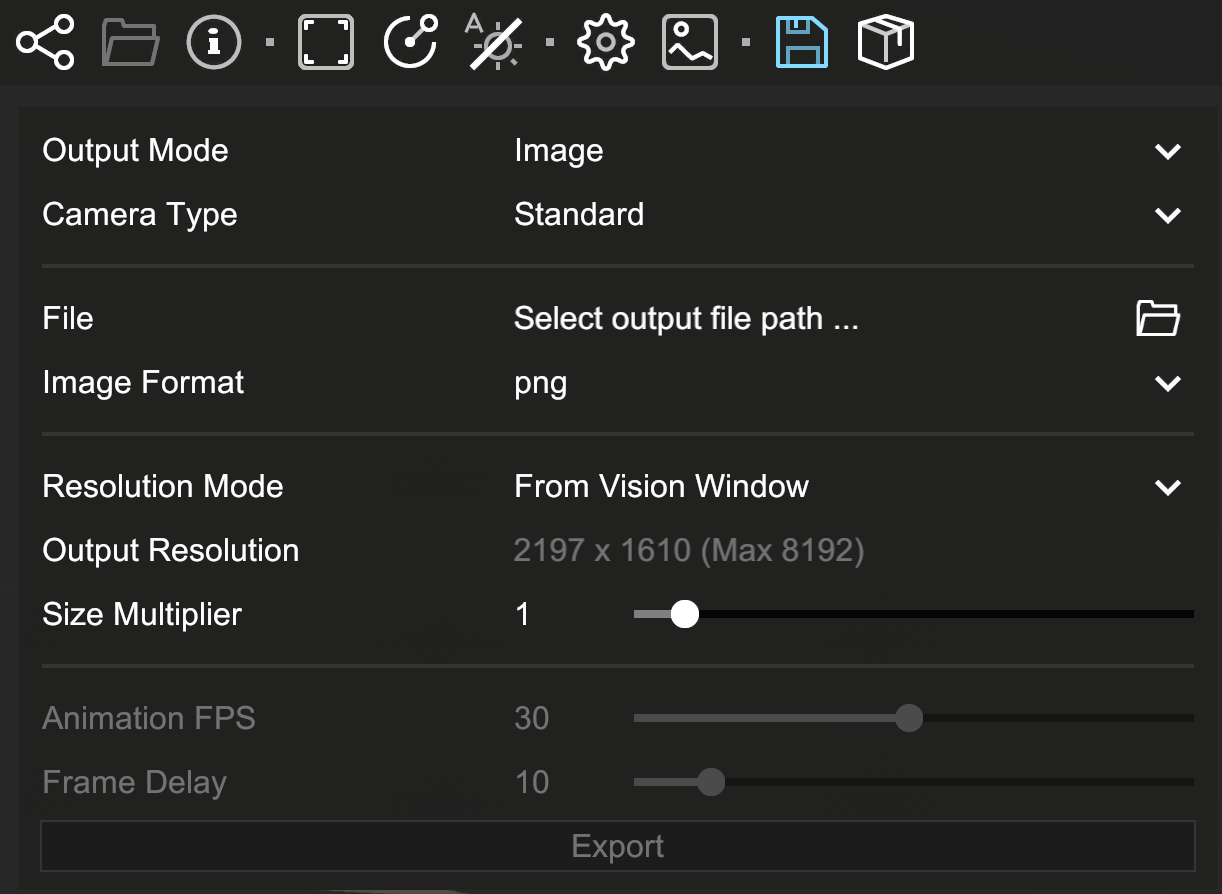Page History
...
| Section | |||||||||||||||
|---|---|---|---|---|---|---|---|---|---|---|---|---|---|---|---|
|
UI Paths
...
| Section | ||||||||||
|---|---|---|---|---|---|---|---|---|---|---|
| ||||||||||
| UI Expand | ||||||||||
| expanded | true | title | UI Path:
| Vision button
|
V-Ray Vision Menu
...
| Section | ||||||||||||||||||||
|---|---|---|---|---|---|---|---|---|---|---|---|---|---|---|---|---|---|---|---|---|
|
...
| Section | ||||||||||||||||||||
|---|---|---|---|---|---|---|---|---|---|---|---|---|---|---|---|---|---|---|---|---|
|
...
These shortcuts navigate through V-Ray Vision.
| Shortcut | Description |
|---|---|
Ctrl + Space or Ctrl + O | Opens a .vrscene file. |
Ctrl + Backspace or Ctrl + N | Clears the scene. |
| Tab | Changes the camera navigation mode. |
| Left-click | In Orbit mode, it allows to orbit. In Fly mode, it allows looking around. |
Right-click or Scroll | In Orbit mode, it allows zooming. In Fly mode, it allows looking around. |
| Middle-click | In Orbit mode, it moves the camera left and right. In Fly mode, it allows looking around. |
| W, A, S, D | In Fly mode, allow for moving around. |
| Q, E | In Fly mode, allow for moving up or down. |
| Space | In Fly mode, it temporarily increases the movement speed. |
| Ctr + '+' | In Fly Mode, it increases the movement speed. |
| Ctr + '-' | In Fly Mode, it decreases the movement speed. |
| C | Resets the camera. |
| F12 | Shows or hides the toolbar. |
| Shift + Left-click | Moves the Sun. Up/Down – Altitude |
| Shift + Right-click | Up/Down – Changes the sun intensity. |
| Shift + Middle-click | Up/Down – Changes the camera exposure. |
| F5 | Resets the sun position and the lighting changes so to match the original scene state. |
FAQ
...
Does V-Ray 5 include Vision?
...
• The technology used in Vision (rasterization) is fast but limited in quality and number of effects that can be supported.
• Most of the common material parameters used in V-Ray are supported in Vision. Some are still unsupported and hence you’ll see some differences in the way surfaces appear.
• Vision is also still not capable of evaluating the global illumination in the scene. As a result closed interior spaces would be illuminated incorrectly in most cases. Calculating many light bounces is required for better results.
• Chaos' main goal with Vision is to give a real-time experience keeping a high framerate. Vision is in active development, so the supported features are subject to change.
Footnotes
...
1- Note that when Auto Exposure is enabled, sizeable very dark or light portions of the buffer (e.g. completely black background surrounding a model), might produce an exaggerated exposure value adjustment.
| Anchor | ||||
|---|---|---|---|---|
|
...


